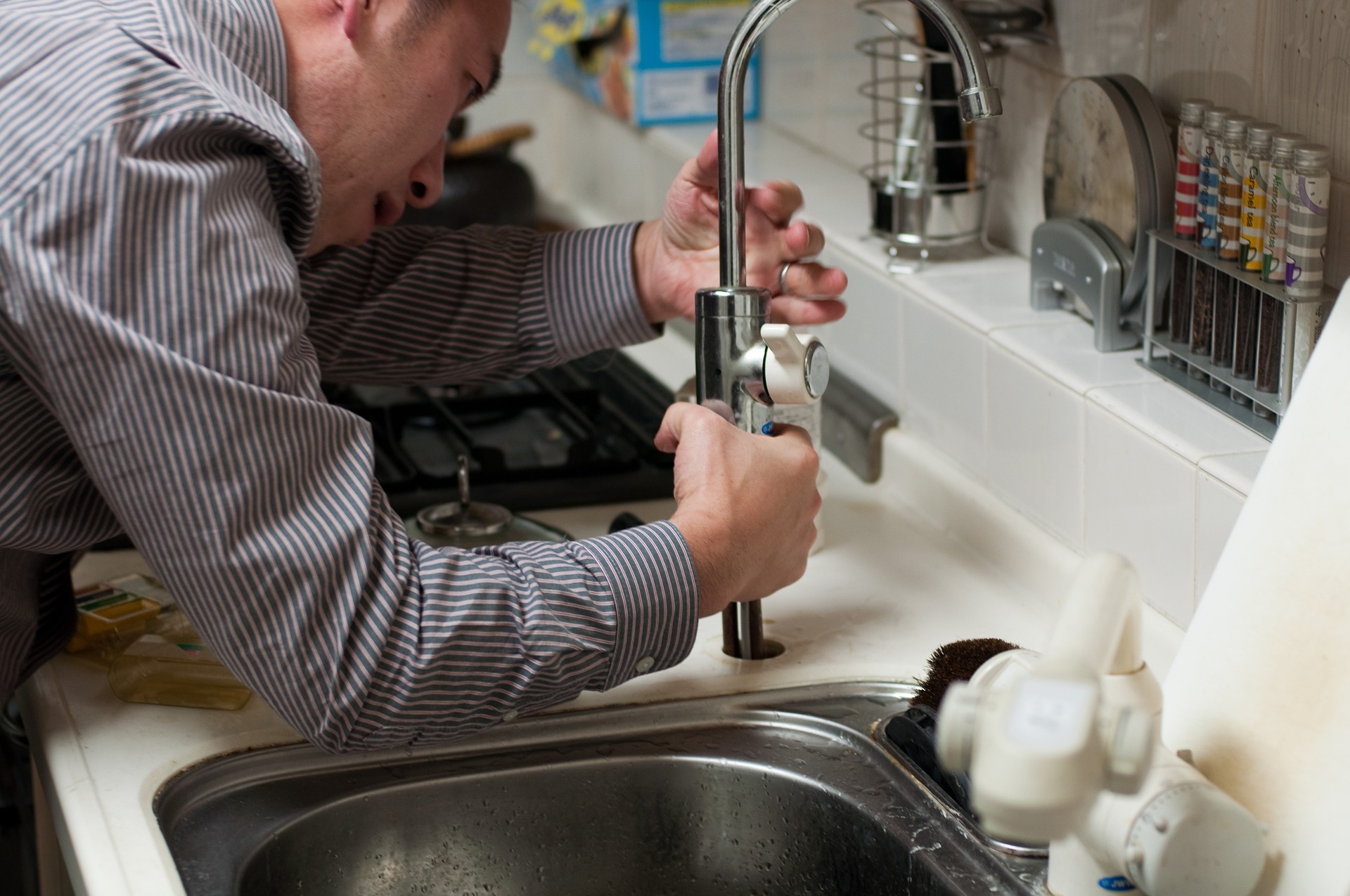When it comes to installing underground gas lines ensuring they are at the right depth is crucial. This implies safety and compliance with state regulations. In Ohio, some specific guidelines and standards must be followed while installing underground gas lines. Here’s a comprehensive overview of how deep are gas lines buried in Ohio depending on the state rules.
Standard depth how deep are gas lines buried in Ohio
In Ohio, the depth where the gas lines are buried varies on several factors. This includes The type of gas lines, location, and local building codes.
Here are some general guidelines which are commonly followed:
Residential Gas lines
Typically residential gas lines are bruised at a minimum of 18 inches depth. This depth helps protect the lines from damage due to certain home activities.

Commercial Gas lines
Commercial gas lines are usually buried under a greater depth. Ranging up to around 24 inches deep or more depending on the necessity. Also, there is a huge concern about the type of gas that is being transported.
High-Pressure Gas lines
For high-pressure gas lines, the depth is closer to 36 inches. These are usually used in commerce and large-scale industrial businesses. They need additional protection due to their high risk and more pressure.
Factors Influencing Burial Depth
Soil Type and Condition
Different soil types affect the stability and protection of the buried lines. For example, sandy or loose soil may require deeper burial to ensure the lines are secure.
Environmental condition
Areas with erosion, flooding, or frost need a serious level of protection from the harsh weather. So environmental impact is a great deal when a problem arises.

Local Building codes
Local laws may have additional requirements or regulations that decide the depth at which the line must be buried. It’s essential to check through the regional code and authorities to ensure applicable codes.
Utility Specification
Gas companies have their standard and requirements for the installation and burial of gas lines. These standards are a must to follow for contractors and builders while working on projects.
Safety and Inspection
Before any digging or excavation project, it’s crucial to call the Ohio Utilities Protection Service (OUPS) by dialing 811. This service helps identify and mark the location for the pipes to be installed and prevent any additional or accidental damage.
Inspection
After installation, a gas line must be inspected to verify its depth and safety. Regular inspection and maintenance are also necessary to ensure the integrity of the gas line.
Conclusion
In Ohio, the targeted depth is influenced by the combination of state guidelines. As well as local building codes, and specific project requirements. How deep are gas lines buried in Ohio is really a strategic matter depending on different factors. All this plays a significant role in determining the appropriate depth.
Ace Plumbing Repair provides safe and reliable gas line installation and repair services. Our team of certified professionals ensures that all gas lines are buried to the correct depth and meet all regulations.






